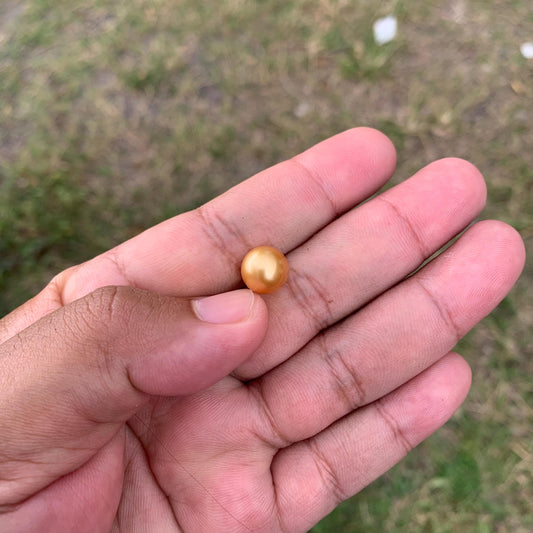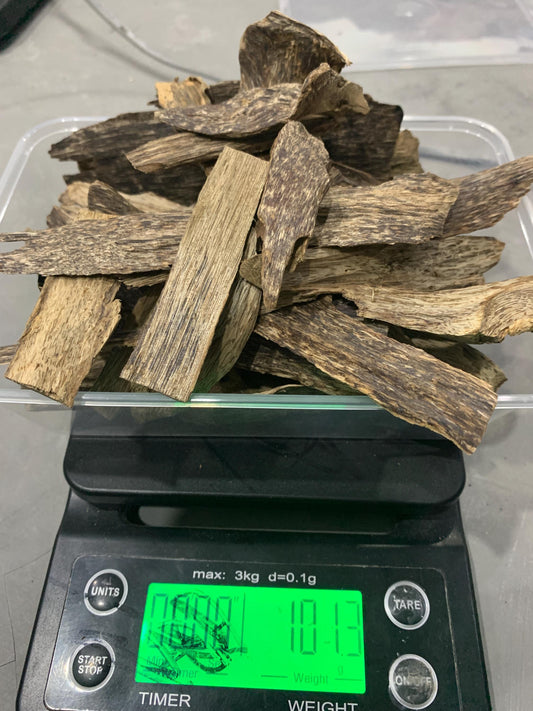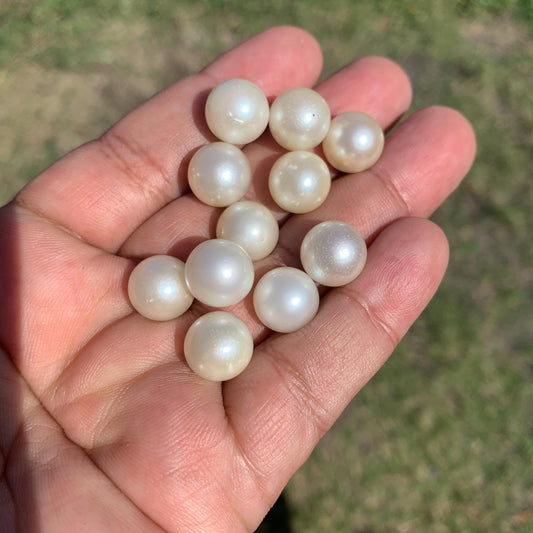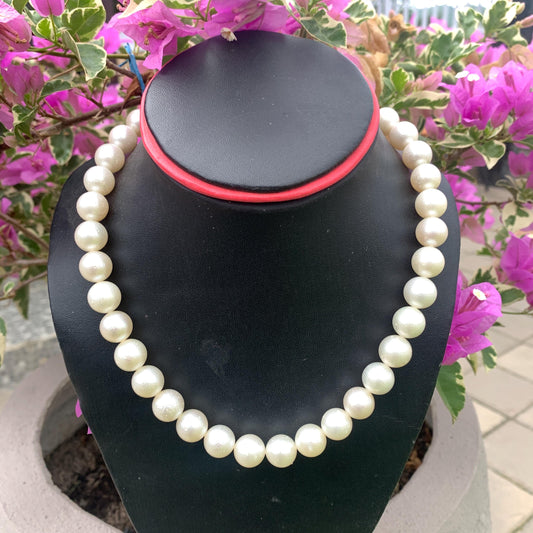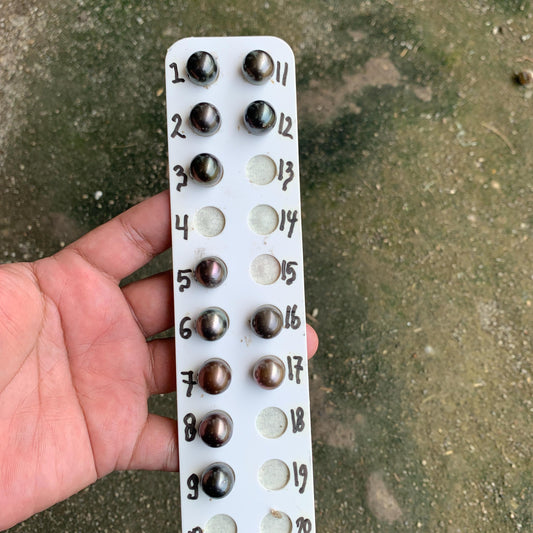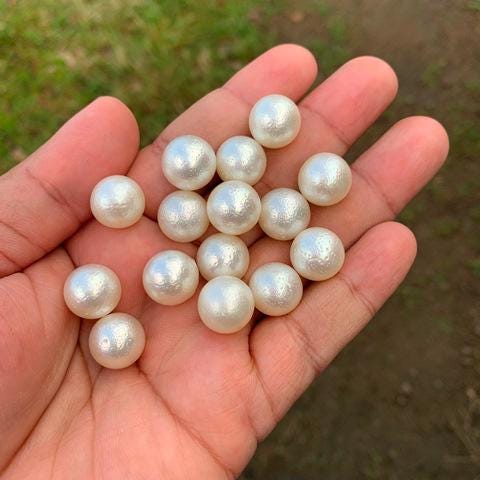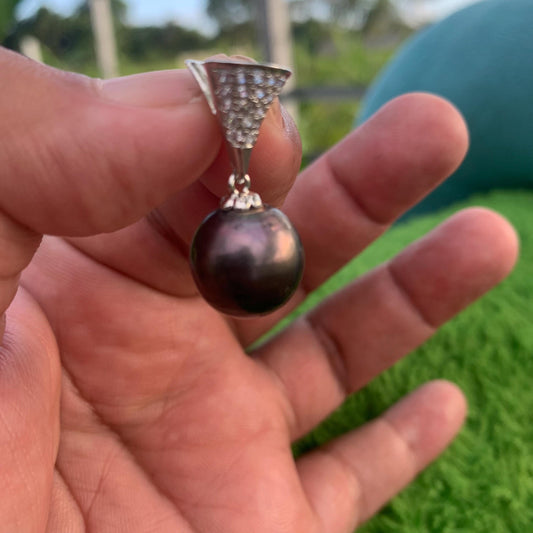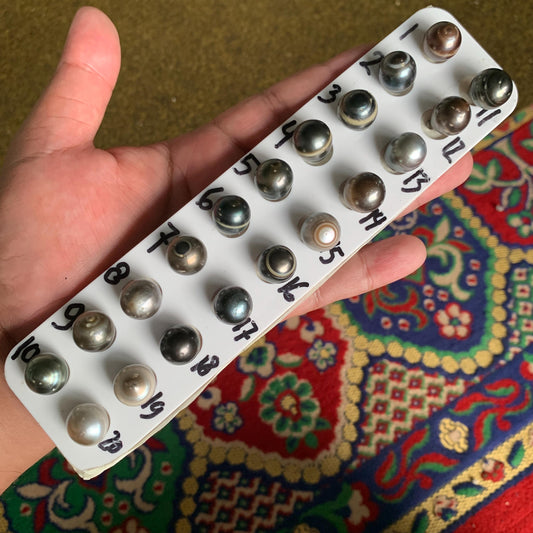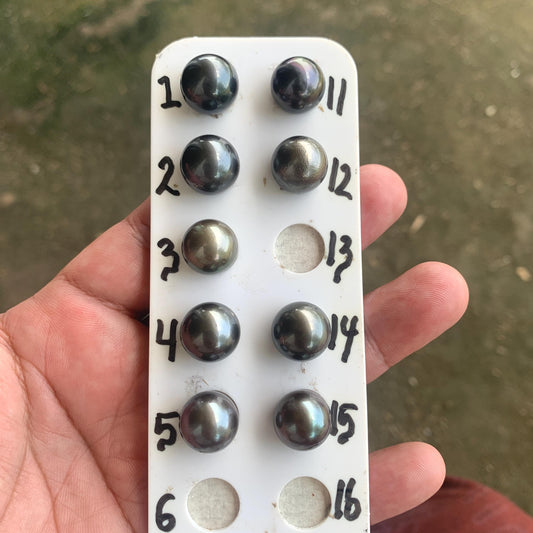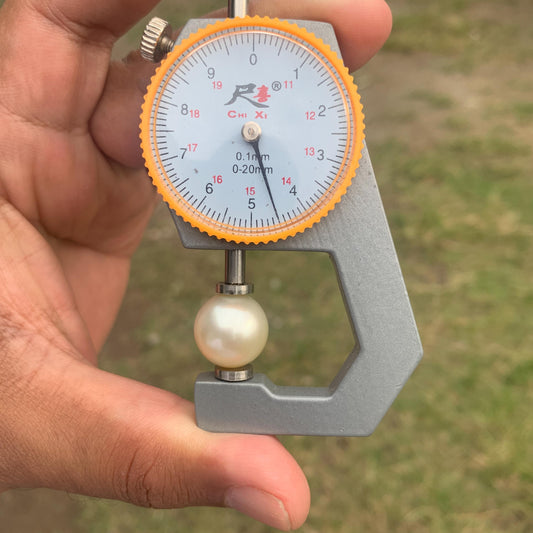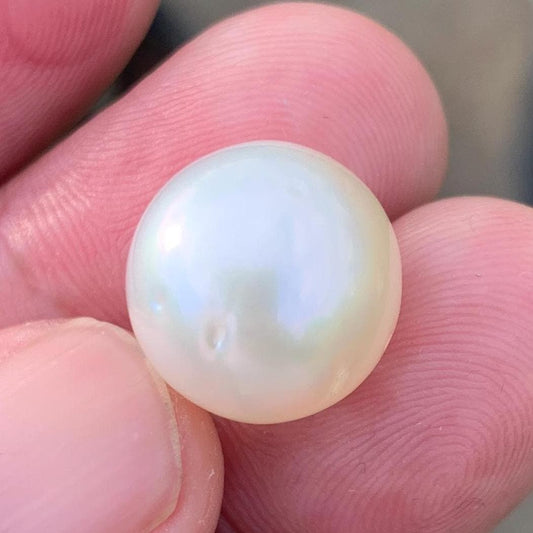Featured collection
-
10 Pieces 12.4-12.5mm Indonesia Loose South Sea Pearl Seawater Pearl Beads Special edition Pearl BoZorX GR-25
Regular price $150.00 USDRegular price -
10 Pieces 12.7-12.9mm Indonesia Loose South Sea Pearl Seawater Pearl Beads Special edition Pearl BoZorX GR-23
Regular price $140.00 USDRegular price -
10-11mm White Circle Baroque Pearl Circle Pearl Loose Circle Baroque Sea Pearl Baroque Seawater Pearl Beads Baroque Circle White Pearl
Regular price From $2.40 USDRegular price -
10.6mm Golden South Sea Pearl High Grade Loose Seawater Pearl PP3-6
Regular price $180.00 USDRegular price -
100 Grams Agarwood Oud Chips Aloes Wood
Regular price $310.00 USDRegular price -
10mm Loose Tahitian Baroque Saltwater Pearl Beads Seawater Black Baroque BoZorX BT-9
Regular price From $3.30 USDRegular price -
11 Pieces 11.5-11.69mm Indonesia Loose South Sea Pearl Seawater Pearl Beads Special edition Pearl BoZorX GR-26
Regular price $110.00 USDRegular price -
11 Pieces 13.7-13.9mm South Sea Pearl Bead Indonesia Seawater Pearl - BoZorX GR-28
Regular price $275.00 USDRegular price -
11.5-14.5mm Loose Indonesia White Sea Pearl White South Sea Pearl Half drill BoZorX LG
Regular price From $15.00 USDRegular price -
11.6mm Golden South Sea Pearl High Grade Loose Gem PP4-B
Regular price $180.00 USDRegular price -
11mm Loose Saltwater Tahitian Black Pearl Baroque Beads BoZorX BT-10
Regular price From $4.00 USDRegular price -
12-12.4mm White South Sea Pearl Indonesian Saltwater Seawater Pearl Necklace GR-9
Regular price $390.00 USDRegular price -
12.6mm Golden South Sea Pearl High Grade Loose Gem PP3-4
Regular price $300.00 USDRegular price -
12mm Golden South Sea Pearl High Grade Loose Gold Seawater Pearl PP3-5
Regular price $315.00 USDRegular price -
12mm Loose Seawater Tahitian Pearl Tahitian Edition Pearl Beads BoZorX BT-4
Regular price From $12.00 USDRegular price -
13-13.4mm Indonesia Loose South Sea Pearl Seawater Pearl Beads Special edition Pearl BoZorX BL-1
Regular price $35.00 USDRegular price -
13.5mm South Sea Pearl Pendant Real Saltwater Pearl L-1
Regular price $30.00 USDRegular price -
13mm Loose Seawater Tahitian Pearl Baroque Tahitian Pearl Beads BoZorX BT-12-2
Regular price From $9.00 USDRegular price -
13mm Loose Seawater Tahitian Pearl Tahitian Edition Pearl Beads BoZorX BT-5
Regular price From $14.00 USDRegular price -
13mm Real south sea pearl saltwater pearl seawater pearl Pendant BoZorX L-7
Regular price $40.00 USDRegular price -
14-15mm Loose Black Saltwater Pearl Black Seawater Pearl Tahitian Baroque Pearl Tahitian Pearl Beads BoZorX Black Pearl BT-13
Regular price From $18.00 USDRegular price -
14.5mm Loose White South Sea Pearl Beads Sea Pearl Beads High Grade Loose Saltwater Pearl Bead
Regular price $300.00 USDRegular price -
14.6mm Loose White South Sea Pearl Indonesia BoZorX FR-4
Regular price $45.00 USDRegular price -
14mm Golden South Sea Button Pearl High Grade Loose Saltwater Pearl PP4-1
Regular price $475.00 USDRegular price
Video
Collections
1
/
of
4











